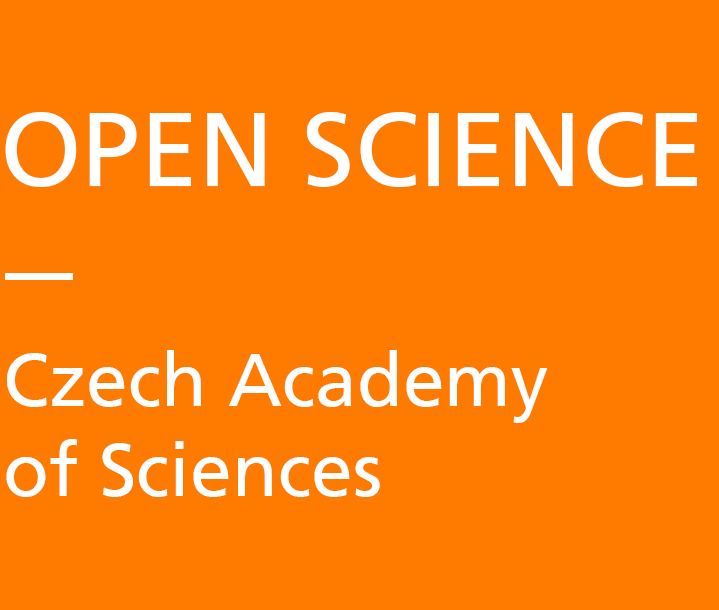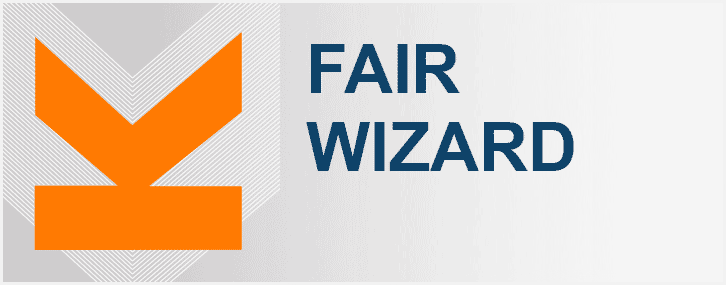Public licenses are a type of license that allows authors to grant permissions to the general public without the need for individual negotiations. These are licensing agreements concluded with unlimited, indefinite group of people. Public licenses establish clear conditions under which copyrighted works can be used, thereby contributing to greater legal certainty for users and thus to the opening of these works and their further use.
A contract is considered concluded when a user of the work begins to act in accordance with this licence, without the explicit knowledge of the author about specific cases of use of their work.
It is always necessary to be careful whether you have the right to grant a license. You must be especially careful with employee works, where copyright may belong to the employer, and therefore the employer must consent to the license. It is also necessary to pay attention to license agreements with publishers, which may limit your right to grant additional licenses. It is ideal to grant publishers only non-exclusive licenses to publish the work, thanks to which the author retains the rights to further distribute the work. To ensure this right, you can use the Rights Retention Strategy of the cOAlition S initiative, which provides authors with tools and procedures for retaining rights to their own works even after publication with commercial publishers.
In case of collective works (for example, scientific articles with multiple authors), the consent of all co-authors is necessary.
Creative Commons
The most widely used and well-known public licenses are Creative Commons (CC) licenses, which are used worldwide. Their use is often required by funding providers. CC licenses are practically irrevocable – once they are assigned to a work, they can no longer be removed and the work can be further distributed according to the chosen license. At the same time, however, the licenses are not exclusive and it is thus possible to provide the work with another license in addition to the CC license. (For example, in the case of more restrictive variants, a more liberal licensing agreement can be individually concluded.)
The copyright owner grants the license simply by attaching information about the chosen type of license with a link to the text of the licensing conditions to the work, preferably in a clearly visible place. CC pictograms, which are freely available for download, can also be used to designate the license.
Creative Commons licenses consist of 4 licensing elements, various combinations of these elements create 6 license variants. Individual variants differ in the degree of restrictiveness, i.e., to what extent the licensed work can be further used.
Licensing Elements:

BY – Attribution – This element is common to all variants of CC licenses and imposes the obligation to state the author, title of the work, source of the work and the license under which the work was made available.

SA – ShareAlike – If you modify the work, you must share this derivative work under the same license as the original.

NC – NonCommercial – The work may not be used for commercial purposes, so any use that leads to profit is prohibited.

ND – NoDerivatives – It is forbidden to modify the work in any way or create derivative works from it.
License Variants:

CC BY – Attribution – This is the least restrictive variant of the CC licenses, which allows any use of the work, including for commercial purposes, and its modification and creation of derivative works. There is an obligation to state the author and origin of the work.

CC BY-SA – Attribution – ShareAlike – The license allows any use of the work, including for commercial purposes, and its modification and creation of derivative works. There is an obligation to state the author and origin of the work; derivative works (i.e., those created by modifying the original work, e.g., translations) must be shared under the same license as the original work.

CC BY-NC – Attribution – NonCommercial – The license allows modification of the work and creation of derivative works, but it is not possible to use either the original or derivative works for commercial purposes. There is an obligation to state the author and origin of the work.

CC BY-NC-SA – Attribution – NonCommercial – ShareAlike – The license allows modification of the work and creation of derivative works, but it is not possible to use either the original or derivative works for commercial purposes. Derivative works must be distributed under the same license as the original work. There is an obligation to state the author and origin of the work.

CC BY-ND – Attribution – NoDerivatives – The license allows use and distribution of the work, including for commercial purposes, provided the work is not modified in any way. There is an obligation to state the author and origin of the work.

CC BY-NC-ND – Attribution – NonCommercial – NoDerivatives – The license allows distribution of the work, but it may not be used for commercial purposes and it is not possible to process or modify it. There is an obligation to state the author and origin of the work.
Public Domain

CC0 (Creative Commons Zero) – A tool for dedicating a work to the public domain. The author gives up their copyright to the maximum extent possible according to the applicable legal system. However, according to Czech law, it is not possible to give up copyright and this license will be interpreted as CC BY under Czech law.

Public Domain Mark – Designates works that are already in the public domain and are not protected by copyright.
Versions and National Licenses
Creative Commons licenses have gone through several versions since their inception in 2001. The current version is 4.0 from 2013, which is designed as international and is applicable in all legal systems. The license text is translated into many world languages including Czech, the meaning remains the same in all languages. Older versions (1.0, 2.0, 2.5 and 3.0) also existed in national variants adapted to specific legal systems, including the Czech version.
For new works, it is recommended to use the latest version 4.0, which solves many problems of older versions and is better compatible with various legal systems. Version 4.0 also better addresses issues of database rights and moral rights. When using older versions of licenses, it is important to realize that there may be differences in their interpretation and application in different jurisdictions. License version 4.0 minimizes these problems due to its universal nature.
Other Public Licenses
In addition to Creative Commons licenses, there are a number of other public licenses intended for various types of works. For example, the Open Data Commons license was created specifically for data licensing.
Online tools dedicated to this purpose can be used to select a suitable license, such as https://choosealicense.com/ or License Selector.
The National Technical Library published a comprehensive chart designed to help scientists decide whether legal protection under copyright law applies to research data or databases.
Software Licenses
CC licenses are not commonly used for software, but licenses designed directly for software are used, such as:
MIT License – Very permissive license requiring only attribution of the author
GNU General Public License (GPL) – Copyleft license ensuring that derivative works remain open source
Apache License – Permissive license with additional patent provisions
BSD licence – Family of simple permissive licenses
Based on https://creativecommons.org/, https://www.creativecommons.cz/, Využití licencí Creative Commons jako cesta k efektivnějšímu sdílení informací, Matyska et al. – Veřejné licence v České republice.
Last updated on September 5, 2025


